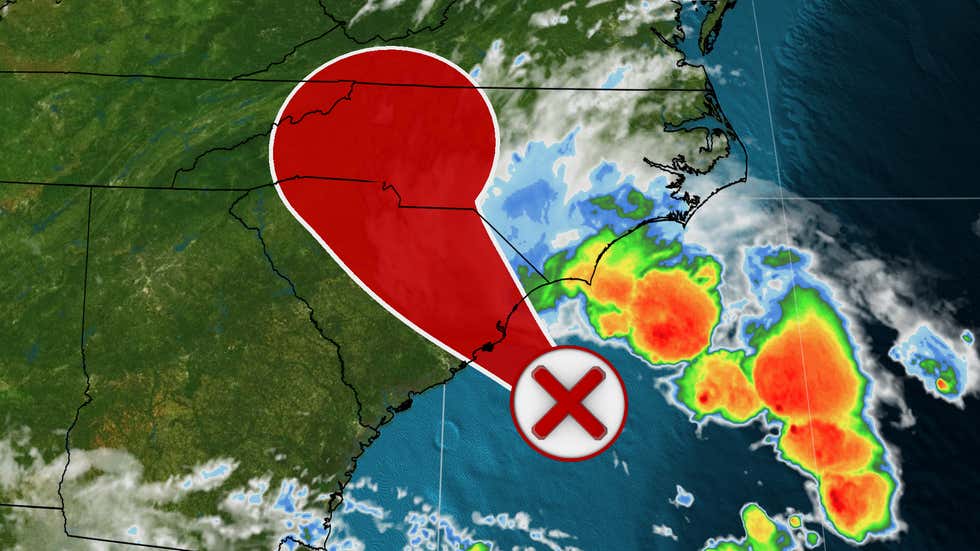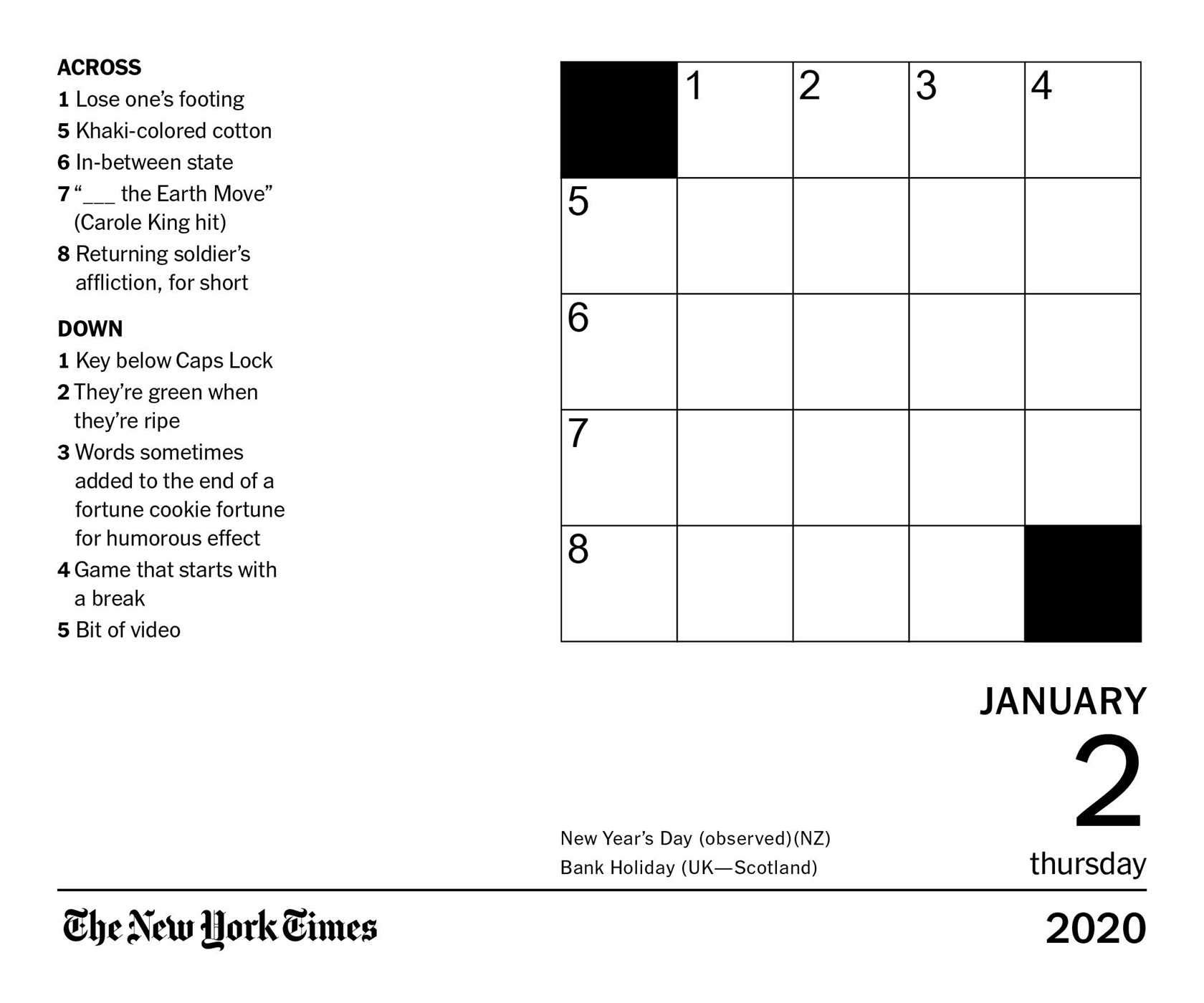Understanding Weather Alerts In The Carolinas: Active And Expired Storm Warnings Explained

Table of Contents
Types of Weather Alerts Issued in the Carolinas
The National Weather Service (NWS) issues several types of weather alerts to warn residents of impending hazardous conditions. Understanding these alerts is the first step in effective weather safety.
Severe Thunderstorm Warnings
Severe thunderstorm warnings indicate that a severe thunderstorm producing large hail (generally one inch in diameter or larger) and/or damaging winds (generally 58 mph or greater) is imminent or occurring. These storms can also spawn tornadoes.
- What to do: Seek shelter immediately in a sturdy building. Avoid windows. Monitor weather updates through reliable sources like the NWS website or a weather radio.
Tornado Warnings
A tornado warning means a tornado has been sighted or indicated by weather radar. This is the most dangerous type of weather alert. Immediate action is required.
- What to do: Go to a designated safe room, basement, or interior room on the lowest floor of a sturdy building. Avoid windows. Listen for tornado sirens and follow instructions from local authorities.
Flash Flood Warnings
Flash flood warnings signify that a flash flood is occurring or is imminent. Flash floods are dangerous because of their rapid onset and the powerful force of rushing water.
- What to do: Avoid driving through flooded areas. Move to higher ground if you are in a low-lying area. Stay away from flood-prone areas and avoid walking or driving near rivers and streams.
Hurricane Warnings/Watches
Hurricane watches indicate that hurricane conditions are possible within the specified area. Hurricane warnings mean that hurricane conditions are expected within the specified area. The key difference is the timeframe and certainty of the impending storm.
- What to do: Secure your home by bringing loose objects inside. Develop an evacuation plan and gather emergency supplies. If a mandatory evacuation is issued, leave immediately.
Winter Storm Warnings
Winter storm warnings indicate significant snowfall, freezing rain, or ice accumulation is imminent or occurring. These conditions can cause hazardous travel, power outages, and other disruptions.
- What to do: Dress warmly in layers. Limit travel unless absolutely necessary. Check on elderly neighbors or other vulnerable individuals. Prepare for potential power outages.
Understanding Active vs. Expired Storm Warnings
An active storm warning means a hazardous weather event is currently happening or is about to happen in your area. You must take immediate action to protect yourself and your family. An expired storm warning means the hazardous weather event is no longer considered imminent, but the situation might still be hazardous. The danger may not have completely passed.
Interpreting NWS Alert Messages
The NWS uses precise language in their alerts. Pay close attention to the following:
- Timeframe: The alert will specify the duration of the warning, typically using phrases like "…until…" or "…expires at…".
- Location: The alert will clearly define the specific areas under warning.
- Specific Hazards: The alert will detail the type of hazardous weather expected (e.g., heavy rain, high winds, tornadoes).
Utilizing Multiple Weather Sources
Staying informed requires utilizing multiple reliable sources.
- National Weather Service (NWS) Website: The official source for weather information in the US.
- Reputable Weather Apps: Many weather apps provide accurate forecasts and alerts.
- Local News: Local news stations often provide up-to-the-minute weather reports and updates.
Staying Safe During Severe Weather in the Carolinas
Preparation is key to staying safe during severe weather.
Emergency Preparedness Kit
Assemble an emergency kit containing essential supplies.
- Water (one gallon per person per day for several days)
- Non-perishable food
- First-aid kit
- Medications
- Flashlight and extra batteries
- Radio (battery-powered or hand-crank)
Developing a Family Communication Plan
Establish a communication plan in case family members are separated.
- Designate a meeting place.
- Choose an out-of-area contact person who can serve as a central point of contact.
Knowing Your Local Evacuation Routes
Familiarize yourself with your local evacuation routes.
- Consult your local government's website for maps and information.
Conclusion
Understanding the difference between active and expired Carolina weather alerts is vital for personal safety and preparedness. Active warnings demand immediate action, while expired warnings don't guarantee the complete absence of danger. Stay informed by utilizing multiple reliable sources, such as the NWS website, weather apps, and local news. Prepare an emergency kit, establish a family communication plan, and know your evacuation routes. Stay safe this season by understanding Carolina weather alerts and preparing for potential severe weather. Learn more about staying safe during severe weather events in the Carolinas today!

Featured Posts
-
 Rejets Toxiques Sanofi Les Faits Et Les Reponses Du Laboratoire
May 31, 2025
Rejets Toxiques Sanofi Les Faits Et Les Reponses Du Laboratoire
May 31, 2025 -
 Madrid Open Giron Defeats Berrettini In Comeback Match
May 31, 2025
Madrid Open Giron Defeats Berrettini In Comeback Match
May 31, 2025 -
 Zverevs Road To The Munich Semifinals Comeback Win Over Shelton And Cerundolo
May 31, 2025
Zverevs Road To The Munich Semifinals Comeback Win Over Shelton And Cerundolo
May 31, 2025 -
 Solve The Nyt Mini Crossword Saturday May 3rd Clues And Answers
May 31, 2025
Solve The Nyt Mini Crossword Saturday May 3rd Clues And Answers
May 31, 2025 -
 Prince Died On March 26th The Fentanyl Toxicology Report
May 31, 2025
Prince Died On March 26th The Fentanyl Toxicology Report
May 31, 2025
